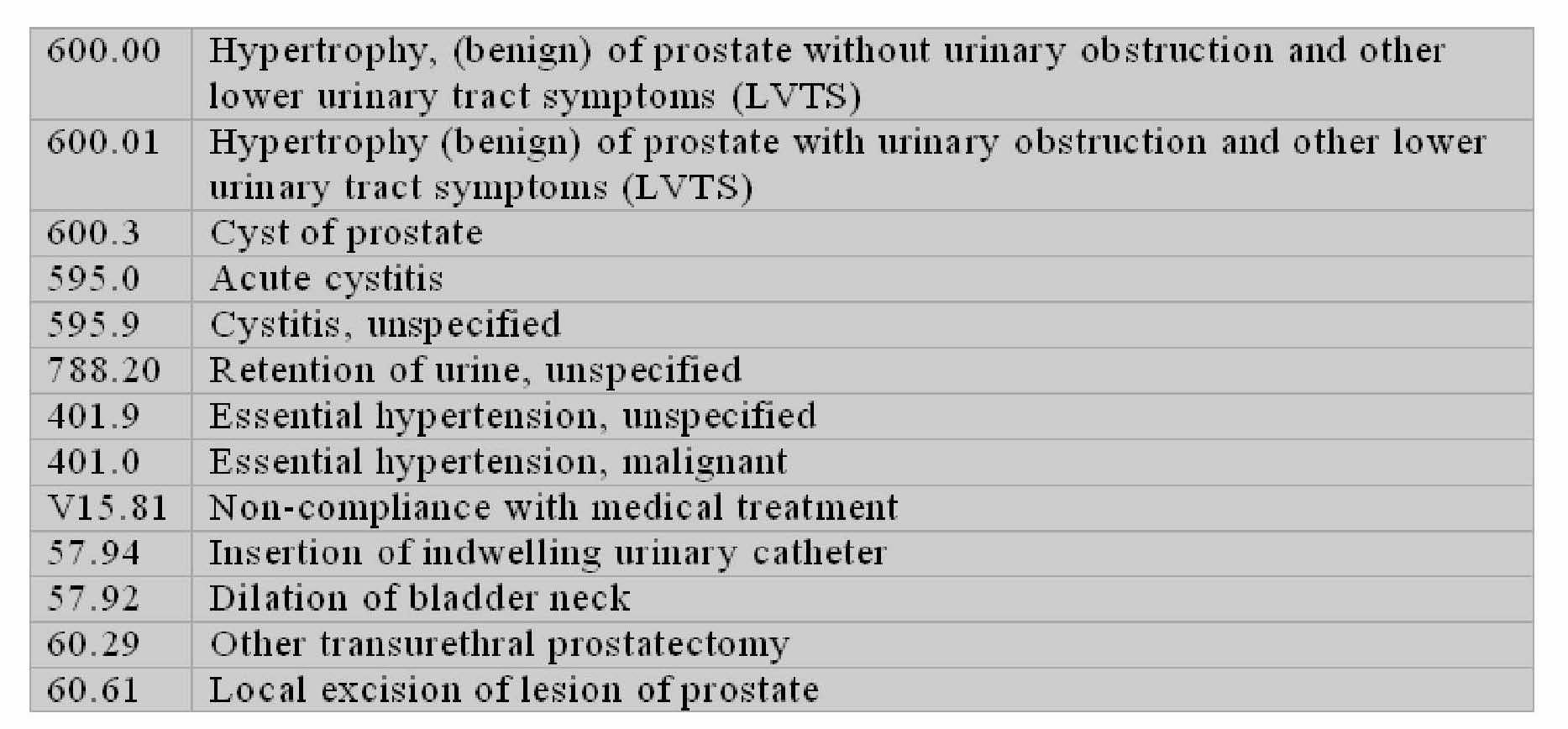At ValidExamDumps, we consistently monitor updates to the AHIMA RHIA exam questions by AHIMA. Whenever our team identifies changes in the exam questions,exam objectives, exam focus areas or in exam requirements, We immediately update our exam questions for both PDF and online practice exams. This commitment ensures our customers always have access to the most current and accurate questions. By preparing with these actual questions, our customers can successfully pass the AHIMA Registered Health Information Administrator exam on their first attempt without needing additional materials or study guides.
Other certification materials providers often include outdated or removed questions by AHIMA in their AHIMA RHIA exam. These outdated questions lead to customers failing their AHIMA Registered Health Information Administrator exam. In contrast, we ensure our questions bank includes only precise and up-to-date questions, guaranteeing their presence in your actual exam. Our main priority is your success in the AHIMA RHIA exam, not profiting from selling obsolete exam questions in PDF or Online Practice Test.
Reporting the number of incomplete charts over a 6-month period using a run or line chart will prove valuable in the following two ways:
Which code listed below would be used to report an esophageal electrogram during an EPS?
A patient has major surgery and sees the surgeon 10 days later for an unrelated e/m services. Indicate the modifier that should be attached to the E/M code for the service provided.
Transesophageal echocardiography (TEE) with probe placement, image, and interpretation a report.
Elderly man was admitted through the emergency department for severe urinary retention. Upon study, it was determined that his hypertension was uncontrolled (215/108). Prior medical records show admission 8 weeks ago for the same problem. As per conditions on previous admission, his BPH is complicated by acute cystitis. He is noncompliant with medications. Medication for the hypertension was immediately started and his hypertension
was quickly brought under control. Urinary retention was relieved by placement of a Foley
